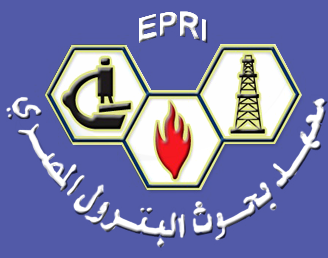Article Type
Research Paper
Abstract
The Boujdour area constitutes an attractive prospect for hydrocarbon exploration in southern Morocco. In this area, the superficial sedimentary layers called “weathered layers” constitute a major challenge for petroleum exploration companies. These layers are poorly consolidated causing a delay in the arrival of seismic waves, which creates confusion in the interpretation of seismic data. This paper attempts to investigate the weathered zone of the Boujdour area by exploring seismic velocities and layers' thickness using the Upholes seismic survey. The work was carried out using data acquired in the northern and southern parts of the Boujdour study area. The results revealed that the weathered zone in this study area is composed of four (4) main layers with seismic velocities ranging from 200 m/s to 4,000 m/s, and thickness varies from 2.0 m to 50.0 m thick. The results of this work constitute a database for use by the geophysical engineers of the National Office of Hydrocarbons and Mines (ONHYM) of Morocco to perform static corrections. The objective is to rectify the time delay introduced by the weathered layers and to restore the velocity of the deep structures conducive to the accumulation of hydrocarbon.
Keywords
Hydrocarbon; geophysical exploration; static correction; upholes survey; seismic velocity.
Recommended Citation
Ayad, Abderrahim and Tagma, Tarik
(2024)
"Lithostratigraphic and seismic investigation of the weathered zone in the exploration of deep petroleum structures (Boujdour area, Morocco),"
Egyptian Journal of Petroleum: Vol. 33
:
Iss.
3
, Article 12.
Available at: https://doi.org/10.62593/2090-2468.1044
Creative Commons License

This work is licensed under a Creative Commons Attribution-NonCommercial-No Derivative Works 4.0 International License.







